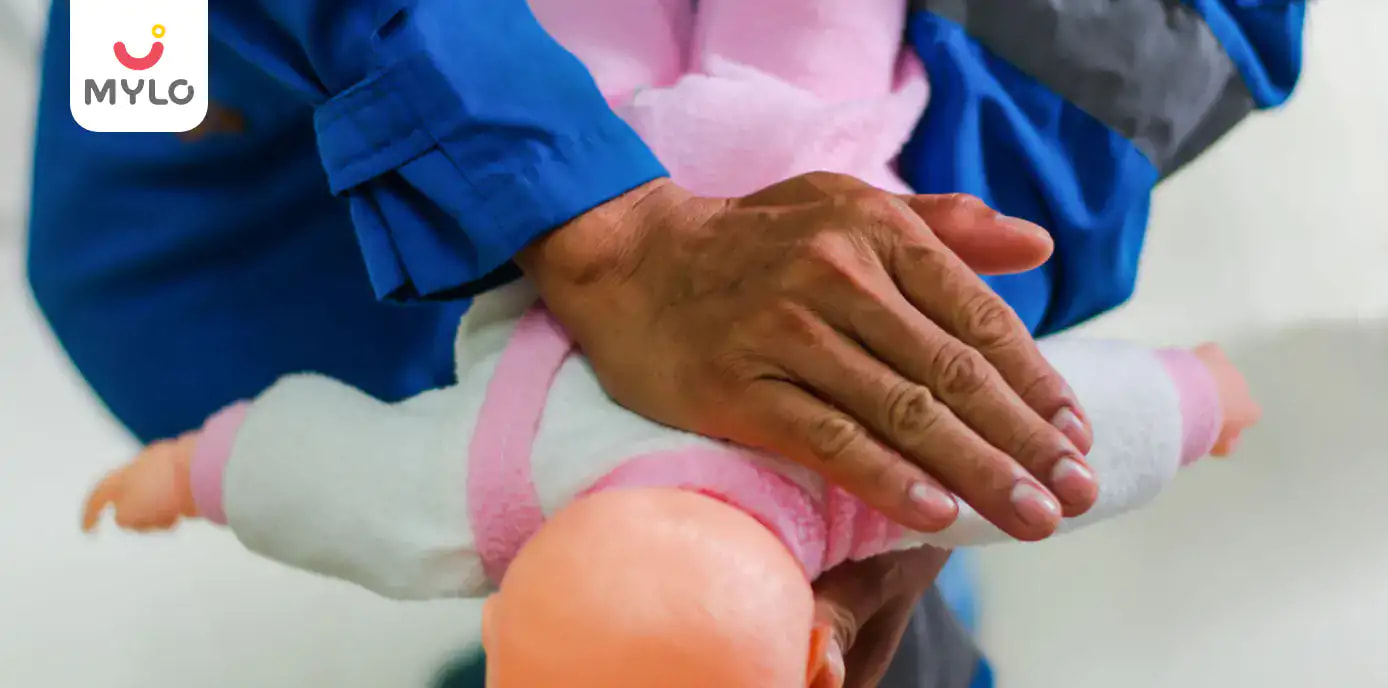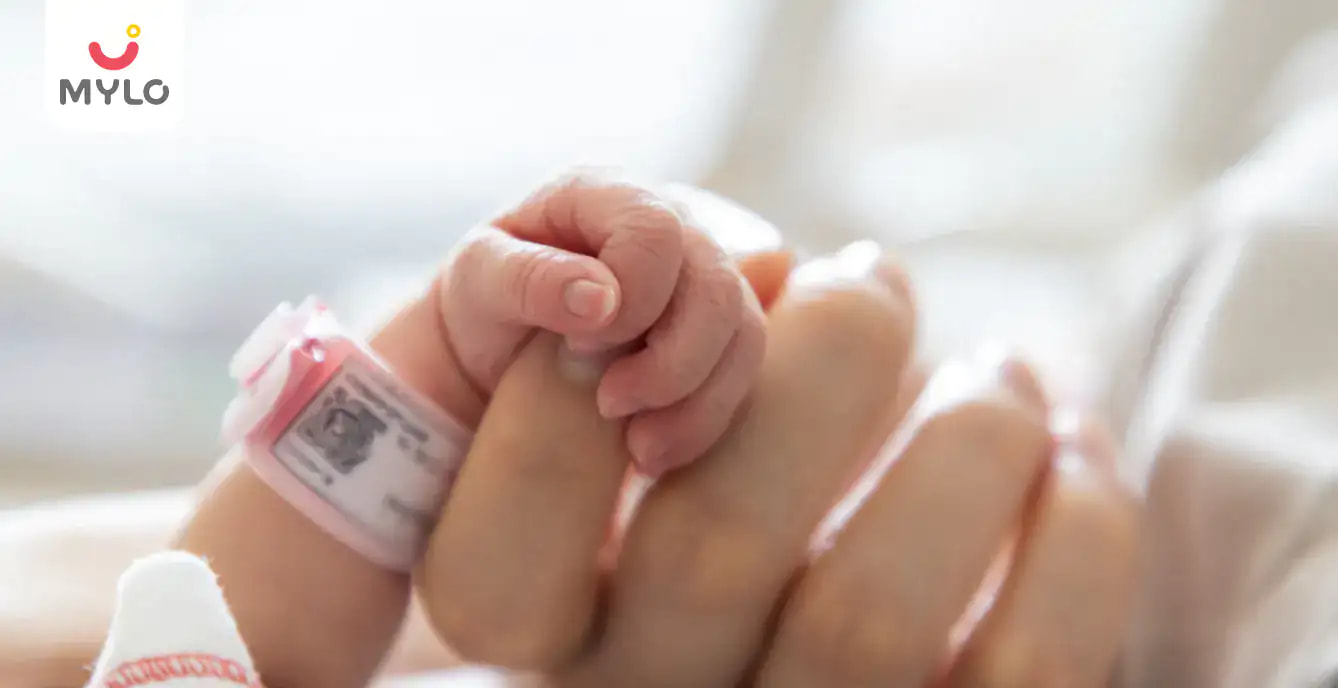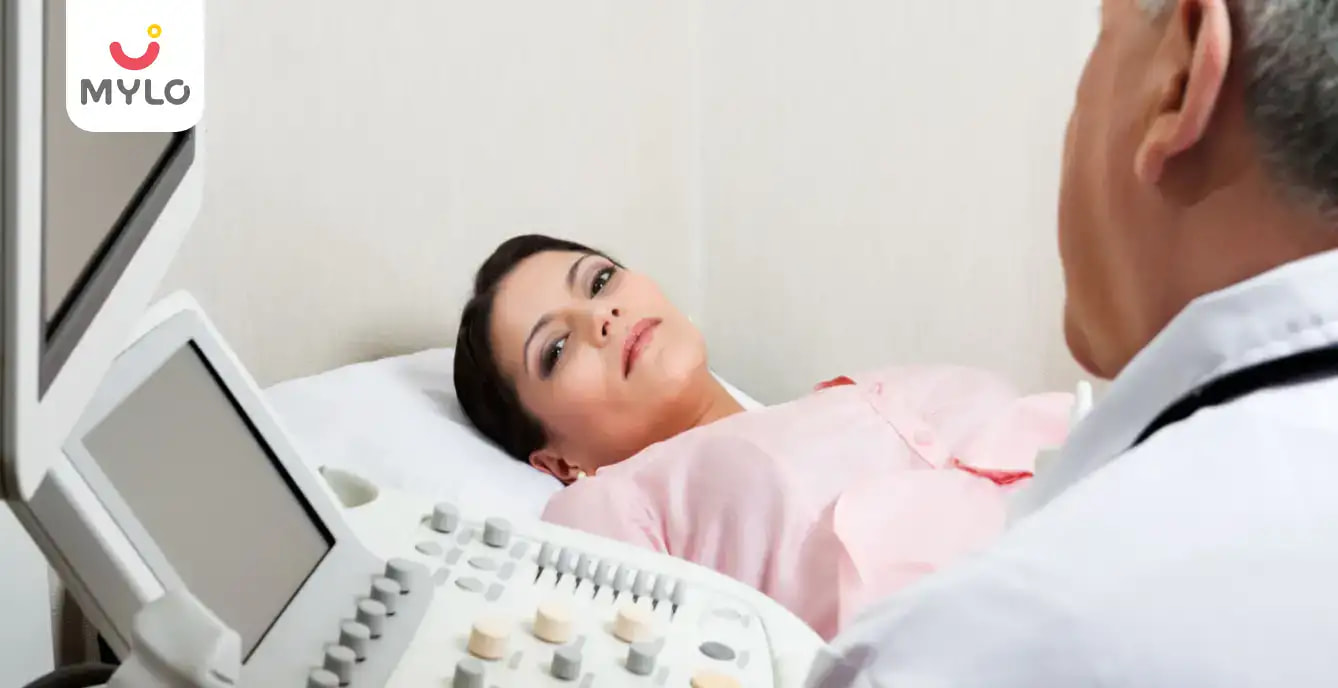Home

Safety & Care

Ensure that your home is safe for your baby
In this Article
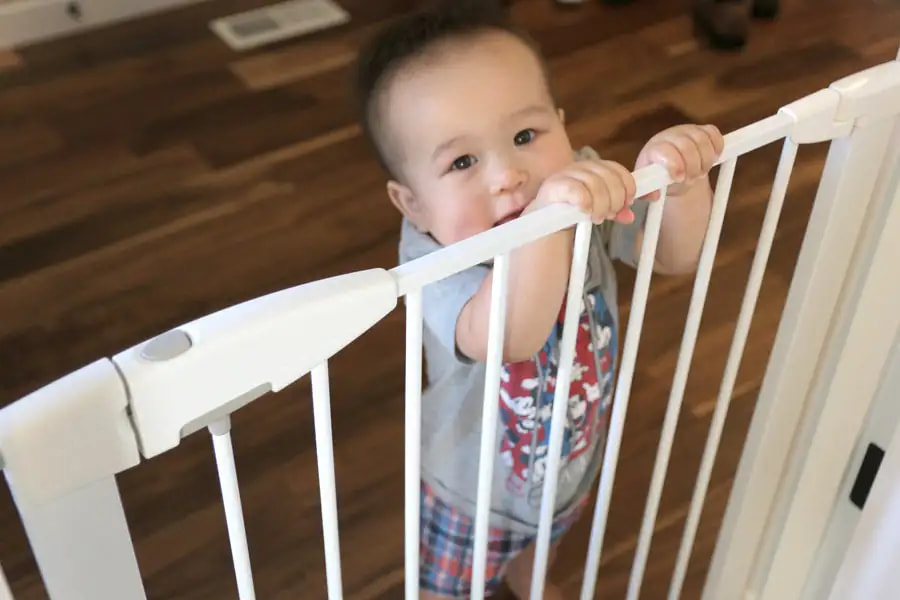
Safety & Care
Ensure that your home is safe for your baby
Updated on 29 January 2022
What are the biggest risks in the home?
The arrival of a baby means you need to look at your home in a whole new light. Babies and young children are naturally curious and you will need to assess your home for lurking dangers.
In the UK, more than one million children are taken to hospital after being involved in an accident in the home every year. Those most at risk from a home accident are children under five years old.
Drowning and suffocation are the main causes of fatal accidents for children aged under four, while falls account for most non-fatal accidents. Fire also poses a significant risk to children under the age of 11.
Don't wait until disaster strikes before you think about safety. With careful planning and a little equipment, you'll be prepared for when your baby is ready to explore.
There are hundreds of childproof gadgets on the market, but the most important safety device is always going to be your supervision. No matter how well-equipped you are, you still need to be alert to possible dangers.
If the phone rings, or doorbell goes, take your baby with you if you have doubts about her safety while she is out of your sight.
How can I help prevent falls?
Falls are the most common cause of accidents in the home, accounting for 44 per cent of all children's accidents. Once your baby starts craving, you will need to take extra precautions to keep your mobile baby safe.
- Use safety gates to keep your baby out of rooms that are off limits. Also fit a gate at the top of the stairs, and another at the bottom.
- Never leave things lying on the stairs that could cause someone to trip up. Stairs should always be well-lit and carefully maintained. Remove or repair any damaged or worn carpet. Make sure balustrades are strong and do not have any footholds for climbing.
- Put non-slip pads under rugs and mats that don't already have non-slip backs.
- Attach cushioned corner-and-edge protectors to coffee tables and desks. They may not prevent a fall but they can help lessen an injury.
How can I make windows and patio doors safe?
- Check that your blind cords and chains are out of reach by moving cots and other furniture well away from windows. Place colourful stickers on large areas of glass, such as sliding glass doors, to remind your child that they are there.
- Always open sash windows from the top and fit them with locks to prevent your child from opening them from the bottom.
- Fix low windows so that they don't open more than 12.5cm.
- Keep furniture, and other items your child may be tempted to climb on, away from windows.
How can I protect little fingers?
Be aware of things that pinch fingers, like hinges on ironing boards and deckchairs. You may want to consider buying hinge protectors.
Keep pens, scissors, letter openers, staplers, paper clips, and other sharp instruments in locked drawers.
Avoid using socket protectors. Modern plug sockets have inbuilt safety systems to protect your baby's fingers. Using socket protectors can actually make these systems less effective, so it's safest to steer clear of them altogether.
How can I prevent little hands finding hazards?
- Consider the potential hazard of anything you drop in the bin. If you're using the bin to discard batteries, paper clips, plastic bags, or other potentially dangerous items, place it out of your baby's reach.
- Hide lamp and appliance cords behind heavy furniture or conceal them with a special flex-holder device. Tall lamps may topple over if your baby pulls on them, so anchor them safely behind furniture.
What can I do to prevent scalds?
Young children burn themselves more often than older children and adults. Most scalds are caused by hot drinks being spilt. A hot drink can still scald a child 15 minutes after being made.
To prevent scalds from drinks, keep mugs of hot drinks away from the edge of surfaces.
When cooking, make sure that the handles of pans and saucepans are turned away from the edge. A pan handle can look very tempting to a curious child.
Run cold water before adding hot when preparing a bath. Check the temperature by putting your elbow in the water before placing your child in. The water should feel warm, not hot, and it should be comfortable to place your elbow in.
Prevent your child from playing with the hot tap by putting a cover on. Or, think about having a thermostatic mixing valve installed. This will allow you to have a nice warm bath, but won't scald your child easily.
What can I do to protect against fire?
Domestic fires pose a definite risk to children. Children playing with matches and lighters frequently start house fires.
To keep your family safe, fit smoke alarms that comply with BS 5446-1. Install smoke detectors in every bedroom and one near the kitchen. Check them weekly to be sure they're working, and change the batteries annually. Death from a house fire is more than four times as likely for homeowners who have not fitted a working smoke alarm.
If you have a fireplace, keep a fire extinguisher nearby, and have it serviced or checked according to the manufacturer's instructions. Try to make sure there are no items on the mantelpiece that will tempt your child to climb up.
It is a legal requirement to have a fireguard if you have children in the house. Choose a large guard that can be fixed to the wall to help protect your child from burns.
Keep matches and lighters out of your child's reach. Put out and throw away cigarettes properly. Have an escape route planned, and practise it, in case of fire.
How can I reduce the risk of drowning?
Babies and children can drown in as little as 5cm of water, so it's important to be vigilant when your child is playing near water or any containers. Here are some things you can do to keep your child safe:
- Always stay with your baby or child when they are in the bath. Babies and young children won't struggle or make a noise if they slip under the water, so you may not be aware if your baby gets into trouble.
- It's best not to rely on bath seats when your baby is in the bath. They are not safety devices and can tip over.
- Empty the bath as soon as you are finished with it. Don't leave the room until all of the water has drained away.
- Cover, fill in, or securely fence garden ponds.
- Empty any buckets or containers of water in your home or garden.
How can I protect my child from suffocation?
A safe place to sleep is an easy way to help prevent suffocation. Cots are the safest place for your baby to sleep. Place your baby with his feet touching the bottom of the cot, and use light blankets or a sleeping bag to cover him.
If you have a cat, put a cat net over your baby's cot. Cats love warm places to sleep, so this net will prevent your cat from sleeping on top of your baby.
Don't put your baby down to sleep on the sofa. Many sofas have large gaps and lots of cushions, which could be dangerous for your sleeping baby.
It is also important to make sure that any plastic bags in your home are kept well out of reach of your child. This includes nappy bags, which can easily pose a risk to your baby. Another good precaution is to tie a knot in the top of plastic bags, which will stop your child from being able to open them.



Written by
Mylo Editor
Official account of Mylo Editor
Read MoreGet baby's diet chart, and growth tips

Related Articles
Related Questions
Hello frnds..still no pain...doctor said head fix nhi hua hai..bt vagina me pain hai aur back pain bhi... anyone having same issues??

Kon kon c chije aisi hai jo pregnancy mei gas acidity jalan karti hain... Koi btayega plz bcz mujhe aksar khane ke baad hi samagh aata hai ki is chij se gas acidity jalan ho gyi hai. Please share your knowledge

I am 13 week pregnancy. Anyone having Storione-xt tablet. It better to have morning or night ???

Hlo to be moms....i hv a query...in my 9.5 wk i feel body joint pain like in ankle, knee, wrist, shoulder, toes....pain intensity is high...i cnt sleep....what should i do pls help....cn i cosult my doc.

Influenza and boostrix injection kisiko laga hai kya 8 month pregnancy me and q lagta hai ye plz reply me

Related Topics
RECENTLY PUBLISHED ARTICLES
our most recent articles
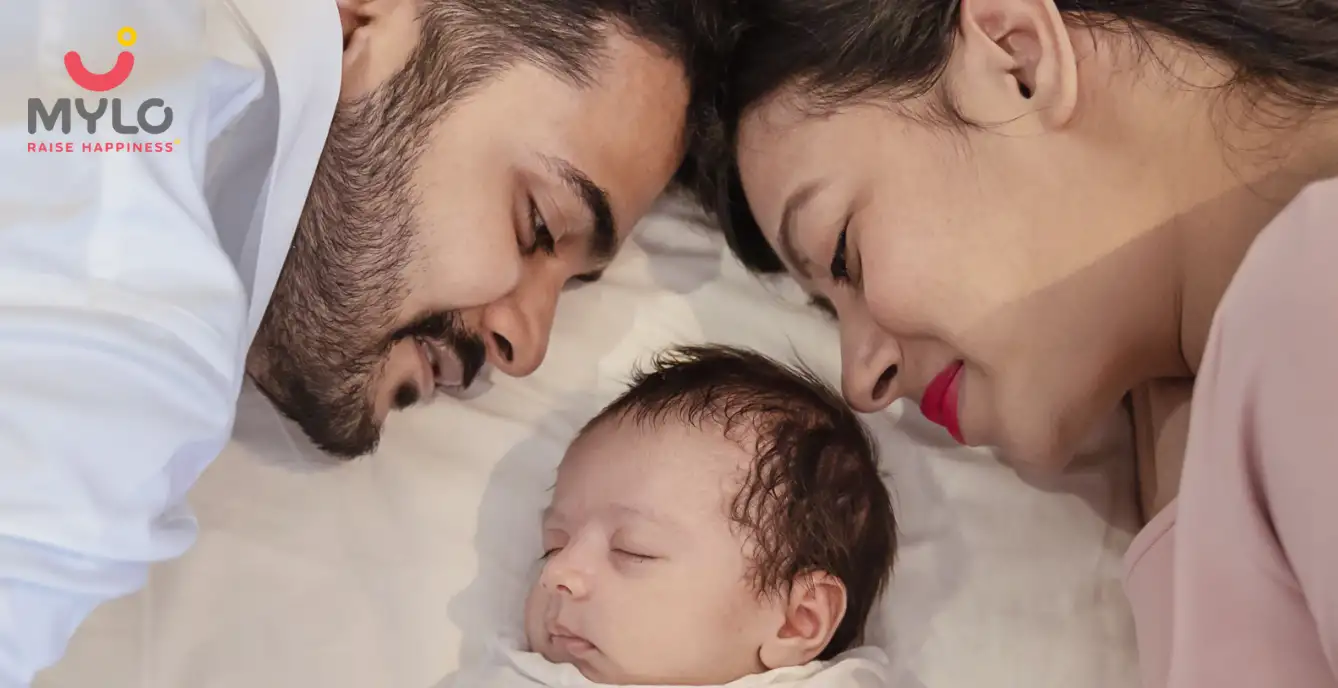
Celebrate Breast Feeding Week
Wondering how long should you be tracking your baby's feed? We will help you
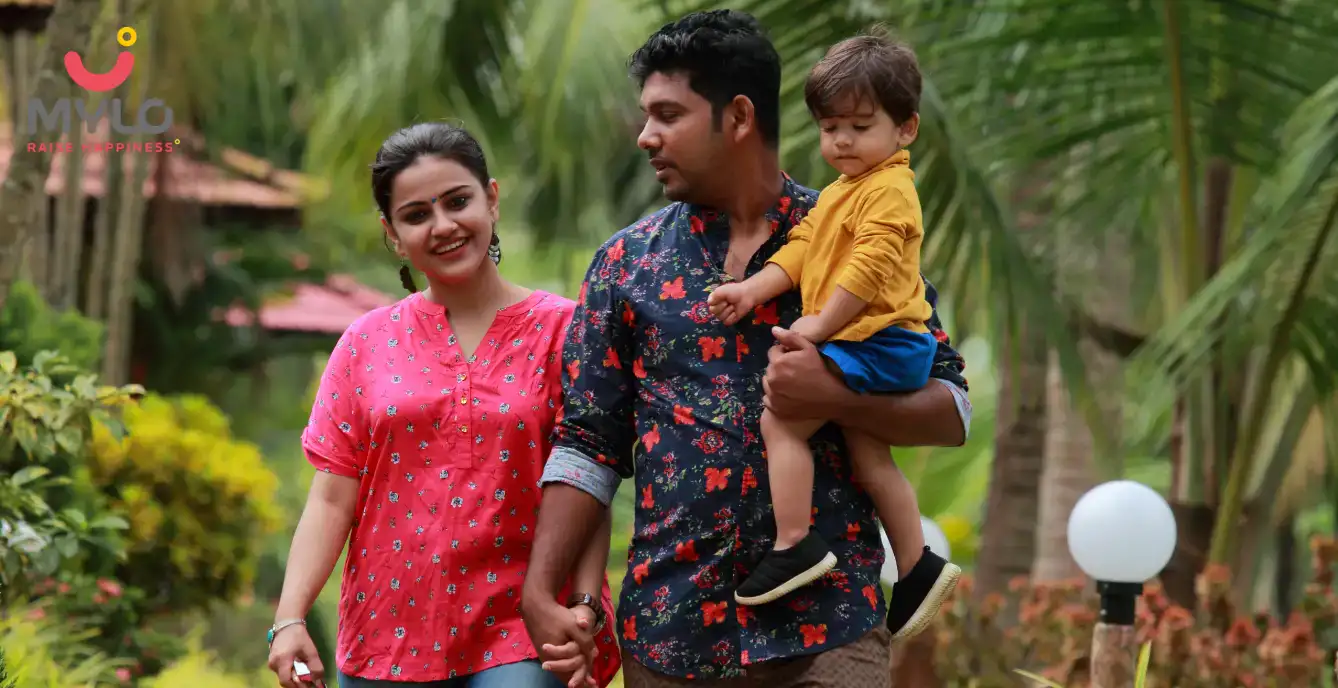
General Father
Co-Parenting? Here’s What You Should Be Doing
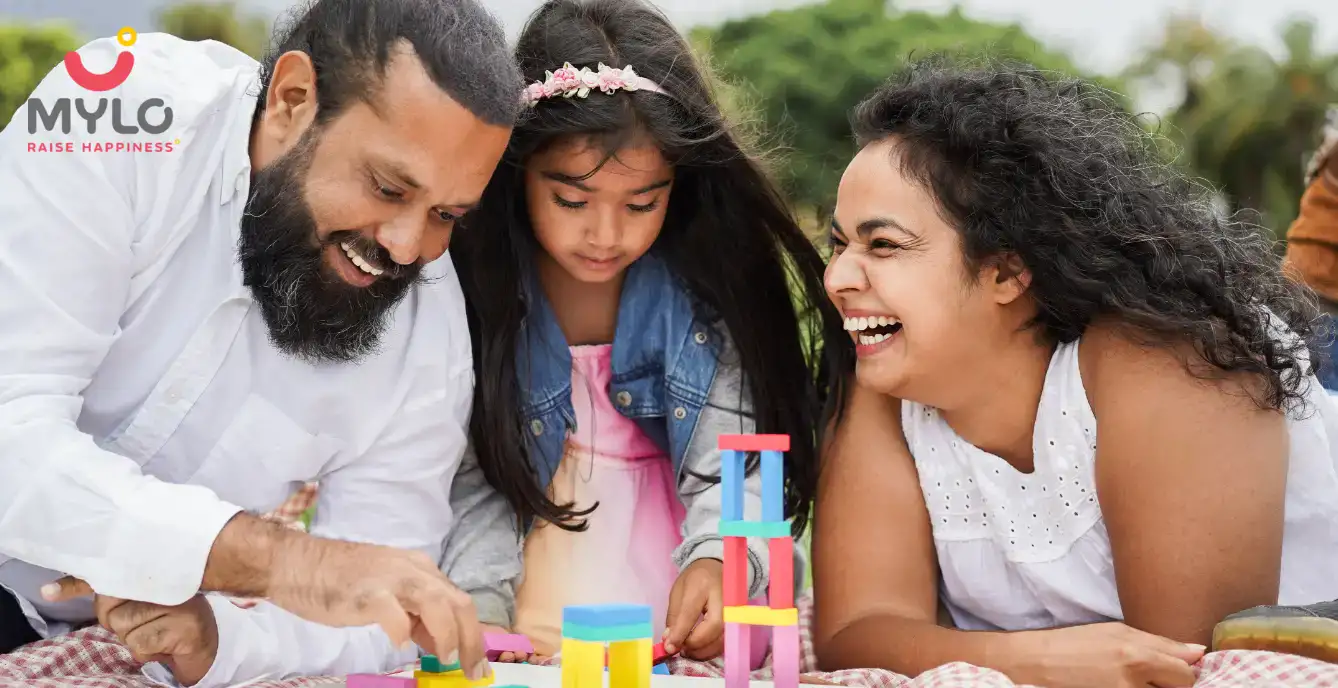
General Father
Age-Appropriate Toys for Your Little One

General Father
How To Prepare To GO Back To Work After Paternity Leave
Love, Sex & Relationships
my story....You must read those who are sufferings problems from in-laws families and husband
Water Birth
Opting for a water birth? Here's what you need to know
- Tips for New Dads to Make Friends with Other Fathers
- Are You a Millennial Parent? Find Out
- How to Choose a Gynaecologist for Your Pregnant Wife?
- Wheezing in toddlers: How to treat?
- How can steam inhalation help my baby's blocked nose?
- Treatment for Hives in toddlers
- How to cure ringworm in toddlers
- Coronavirus, pregnancy, and New Year travel, how to balance all three at the same time?
- 12 tips for easing your 'parent-noia'
- How to pack your wife's hospital bag
- How to Travel with a Baby for a New Father
- Looking for a perfect name for your baby? Here's how you can find it
- 14 Month Old Baby Food Chart/Feeding Schedule – Week 2
- How to treat head lice & nits in babies


AWARDS AND RECOGNITION

Mylo wins Forbes D2C Disruptor award

Mylo wins The Economic Times Promising Brands 2022
AS SEEN IN
















- Mylo Care: Effective and science-backed personal care and wellness solutions for a joyful you.
- Mylo Baby: Science-backed, gentle and effective personal care & hygiene range for your little one.
- Mylo Community: Trusted and empathetic community of 10mn+ parents and experts.
Product Categories
baby carrier | baby soap | baby wipes | stretch marks cream | baby cream | baby shampoo | baby massage oil | baby hair oil | stretch marks oil | baby body wash | baby powder | baby lotion | diaper rash cream | newborn diapers | teether | baby kajal | baby diapers | cloth diapers |




